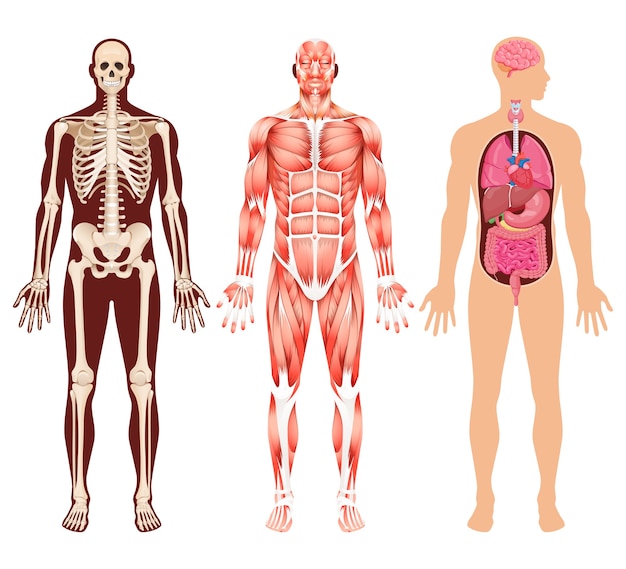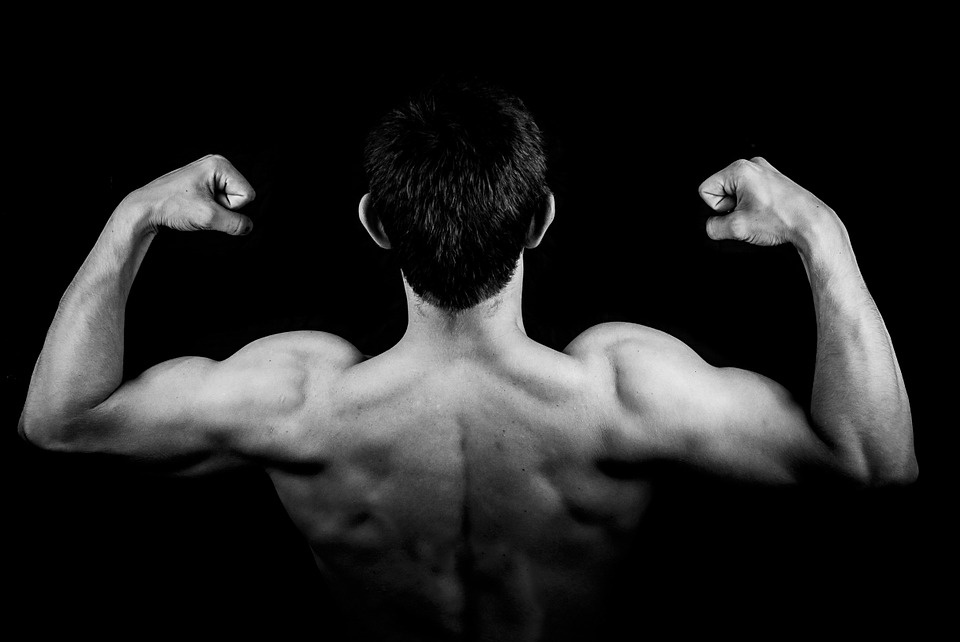Ever asked a little boy to show you his muscles? He will (most probably) proudly show his biceps – you know that upper arm muscle that will harden, swell and shorten when you bend your elbow. But did you know that biceps are just one of more than six hundred different muscles in the human body? If you want to learn more about the muscular system of man, check out the following article.
What Muscles Are and How Do They Work?

Muscles are essential to life because by alternately contracting and relaxing, they account for all body motion. Some muscles move the limbs, others open and close the eyelids, while some others help us digest our food. The heart, for instance, is a mass of muscle that keeps working tirelessly day after day. Muscles vary greatly in size and shape. For example, they range from the great latisimus dorsi (which is the broadest muscle of the back) to a threadlike ear muscle that is only about a fifth of an inch long.
All human muscle is flesh and well, you could say it corresponds to the red animal meat that you can see in a butcher shop. To get a rough idea of the structure of muscle, let us examine, for example, a leg of lamb. This cut of meat usually contains several muscles separated from each other by a tough whitish sheath called connective tissue. This is sometimes loose and thin or can also be sometimes dense and thick. Some connective tissue forms tendons or sinews – cords or straps that attach the ends of muscles to the bones. Parts of tendons are often seen in meat and no matter how long the meat is boiled, these tendons defy vigorous chewing.
And just like what I have described above, human muscle shows connective tissue. A good microscope can definitely reveal many other interesting details. For instance, masses of red flesh separated by connective tissue are really bundles of very firm threads or fibers. In length, muscle fibers range from about a twenty-fifth of an inch to more than thirteen inches. Some of them run from one end of a muscle to the other, while some are joined by connective tissue so as to form long chains.
There are three kinds of muscular tissue in the human body: striped, smooth and cardiac. The name “striped muscle” is derived from the cross stripes, light and dark of the muscle fibers. Striped muscles are by far the most numerous of the three basic types. Since they are generally attached to the skeleton, they are often called skeletal muscles. Still, another name for them is voluntary muscles and they can be controlled by the will compared to smooth muscles. For example, you can move your arms by means of striped muscles whenever you wish, but have you ever try to control the smooth muscles of the stomach when this organ churns away in the process of digesting a meal?
Smooth muscles do not show any cross stripes. Since we do not have any control over their movements, they are also called involuntary muscles. They are found, among other places, in the walls of the stomach and the intestines, in the bladder, in the blood vessels, around the pupils of the eyes and attached to the roots of the hair. These smooth muscles contract more slowly than striped muscles.
Cardiac muscles (heart muscle) resembles smooth muscle in that it activity is not controlled by the will. It also has a certain similarity to striped muscle since its fibers have a cross-striped pattern.
Each striped muscle cell has a large number of nuclei, which lie in the outer part of the cell. In this respect, striped muscle cells differ from most other cells (including smooth muscle cells), which have a single nucleus located more or less in the center of the cell.
Now, what really happens inside a striped muscle fiber when it contracts? An ordinary microscope will not be of much help in this case, but only a genuine chemist can provide you with such information. For instance, as per chemical analysis, the striped part of the muscle is made up of complex substances called proteins and during a contraction, the straight rods would bend or curve.
There’s more to learn about the muscular system of the human body. If you want to discover more, don’t forget to come back for the second part of this series.


